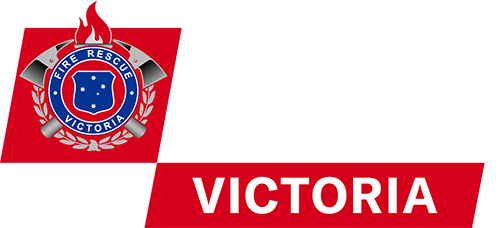The information provided gives you a general guideline for the physical preparation required of candidates who are preparing to take the PAT. The programs have been developed to improve your strength, endurance, cardiovascular fitness and the movement patterns involved in the PAT.
If you are new to training or have any existing health concerns you should consult your GP prior to undertaking physical training.
Regular physical activity is a vital part of preparing for the PAT as well as for longevity as a firefighter.
General training tips
Mobility & Flexibility are Important
Mobility and flexibility can decrease soreness and stiffness, improve mobility on and off the fireground, and can be a great form of relaxation. This can positively impact not only physical fitness but also mental health which is key as a firefighter.
Stay Hydrated
Water is key to all metabolic process that occur in the body so the more hydrated you are, the better you will perform. Dehydration from exercise and physical activity negatively effects performance, awareness and alertness.
Become Familiar with the PAT
On the day of your PAT, it shouldn’t be the first time you have trialled the tasks. The more familiar you are with the PAT, the greater the chance you have of passing. It is also important to trial each task on its own as well as together like you would on your testing day.
Pain is not Normal
If at any time during your preparation for your PAT you experience pain, this is not a normal physiological response to training. This should not be ignored, and you should make an appointment with a medical professional to assess the pain.
Rest is Important
As much as training hard for your PAT is important, rest is just as important in your preparation for your PAT. Rest is important to allow time for recovery to occur, prevent muscular fatigue, reduce the risk of injury and overtraining and can improve performance. Rest is also very important for mental health.
Understanding resistance training
Resistance training is essential in order to prepare to pass the PAT. Understanding the basic fundamentals to increasing muscular power, strength and endurance is of benefit prior to using the strength programs provided.
Learn about the basics of resistance training
Specific training for the PAT
The PAT will test your musculoskeletal strength and endurance with minimal recovery time between tasks. The higher your level of strength and cardiovascular fitness when undertaking the PAT the easier you will find the tasks and the higher chance you have of completing the course successfully.


